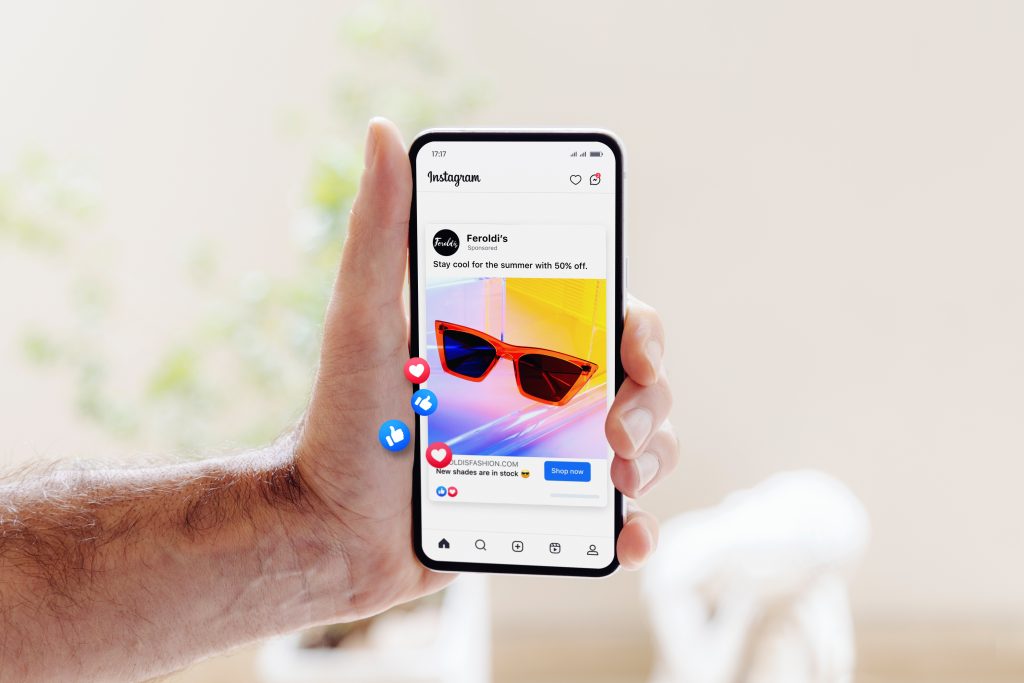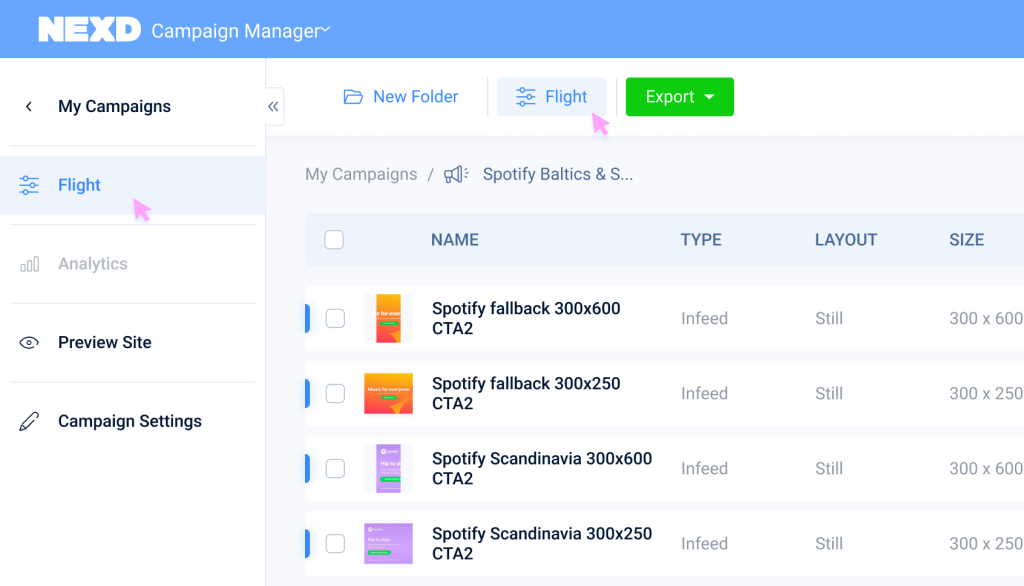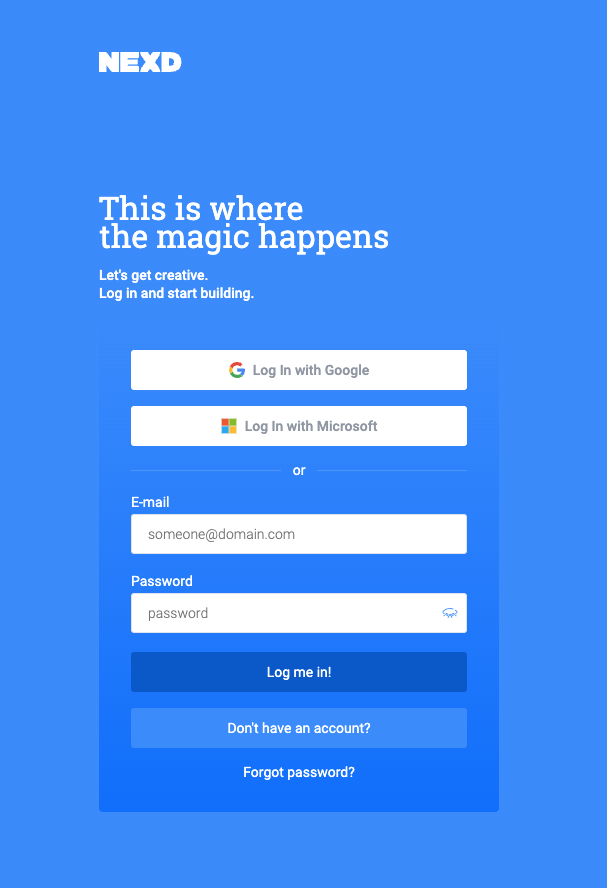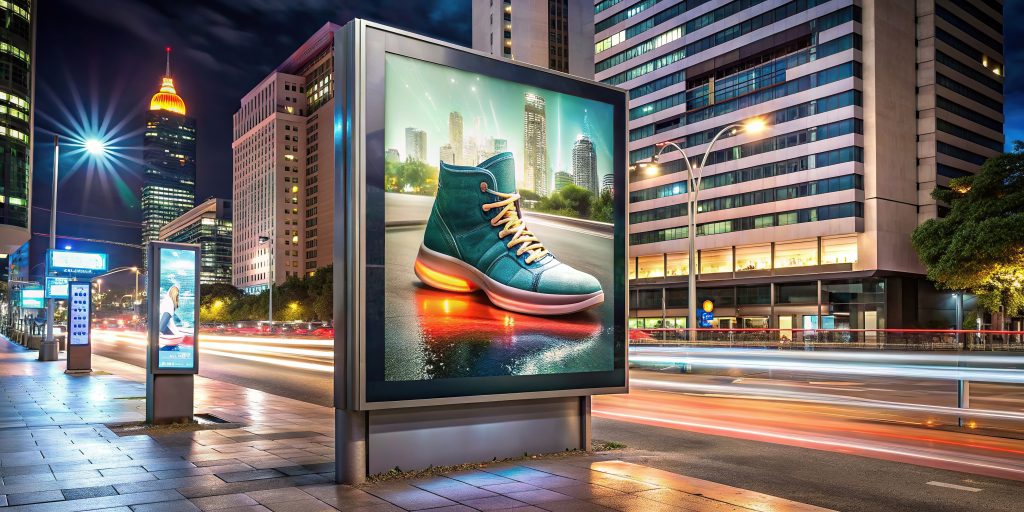Boost Ad Impact Through Dynamic Creative Optimization (DCO)
Creative requests in the advertising world are often urgent and clients demand a quick turn-around time, that’s where dynamic creative optimization (DCO) is very helpful. Instead of making manual changes, be prepared for the campaign to show relevant creatives depending on how various variables change. This article explores the concept of DCO, providing insights and techniques to enhance your digital advertising campaigns. Let’s dive into how DCO can maximize your ad impact.
What Does DCO Mean?
Dynamic creative optimization (DCO) is an advanced form of programmatic advertising. It uses data to customize ads in real-time, ensuring the right message reaches the right audience at the right moment. Imagine a digital billboard that changes its message based on who and where is looking at it – DCO does that for online ads.
What Is an Example of Dynamic Creative Optimization?
Consider an online clothing store. With DCO, an ad for winter coats can automatically switch to promoting raincoats if the weather forecast changes. For instance, someone in New York might see cozy coats during a snowstorm, while someone in London sees a raincoat on the day when it’s pouring down. This real-time adjustment increases relevancy and engagement.

What Are the Benefits of Dynamic Creative Optimization?
- Enhanced Relevance: Tailored ads are more appealing to the audience, leading to higher engagement rates.
- Improved Efficiency: Automated adjustments reduce the time and effort spent on manual updates.
- Higher ROI: Relevant ads result in better performance metrics, driving a higher return on investment.
- Better Insights: Continuous optimization provides valuable data on what works and what doesn’t.
What Tools Can You Use to Optimize Creatives?
Several tools can help optimize creative elements in your digital ads:
- Nexd: Offers lightweight, interactive ad formats that load faster and engage better, making it an excellent choice for optimizing creative elements. Check out our best mobile ad types and formats to monetize your ads more effectively.
- Google Web Designer: A free tool that lets you create interactive HTML5-based designs and motion graphics.
- AdParlor: Helps customize ads for different social media platforms, enhancing their impact.
Nexd’s Flights Feature as a DCO Tool
Nexd’s Flights Feature: Nexd’s Flights feature is a powerful DCO tool designed to simplify and enhance the advertising process. Here’s how it functions and makes advertisers’ lives easier:
- Simplified Campaign Management: Flights allows advertisers to manage multiple creative variations within a single campaign. This feature dynamically serves the best-performing creatives based on real-time data, reducing the need for manual updates.
- Real-Time Analytics: With comprehensive analytics, advertisers can monitor the performance of each creative variation in real-time. This data-driven approach ensures that only the most effective ads are displayed to the audience, optimizing ad spend and engagement rates.
- Automatic Optimization: The Flights feature uses advanced algorithms to automatically optimize creative elements. This means that the system continuously learns from performance data and adjusts creatives to improve results without manual intervention.
- Enhanced User Experience: By ensuring that ads are relevant and engaging, Flights enhances the user experience, leading to higher engagement rates and better overall campaign performance.
- Location, Language, and Time-Zone Based Advertising: Flights can optimize ads based on the user’s location, language, or time zone. This allows advertisers to deliver highly personalized ads that are more likely to resonate with the audience. For example, an ad can be displayed in the local language, show relevant offers based on the user’s geographical location, or promote products appropriate to the time of day.
- Live Tag Changes – if regardless of good planning, creative swaps or edits are needed, you can just edit the creative in the Nexd Campaign Manager, without having to make changes in the DSP.

For a comprehensive guide on the Flights feature and its analytics, visit NEXD’s support article.

Get started
Sign up to Nexd Campaign Manager for a free 14-day trial and start creating environment-friendly and highly engaging programmatic creatives!
What Are the Technical Opportunities and Limitations of DCO Ads?
Opportunities:
- Real-Time Adaptation: DCO can adapt creatives in real-time based on user behavior, location, weather, and other variables.
- Data-Driven Decisions: Utilizes vast amounts of data to make informed decisions, ensuring ads are always relevant.
Limitations:
- Complex Setup: Initial setup can be complex and requires a good understanding of data integration.
- Privacy Concerns: Using personal data to tailor ads can raise privacy issues and requires compliance with regulations like GDPR.
Creative Uses of Dynamic Creative Optimization in Display Campaigns
Weather-Based Ads: Ads that change based on local weather conditions.

- Behavioral Targeting: Ads that adapt based on user’s browsing history and behavior.
- Location-Specific Promotions: Offers and promotions tailored to the viewer’s location.
- Seasonal Campaigns: Ads that switch themes based on seasons or holidays.
- Real-Time Event Triggering: Ads that change in response to live events like sports scores or stock market changes.
For an inspiring case study, check out how Heineken used DCO to create personalized ads for different markets during the UEFA Champions League. You can read about it here.
Best Practices for Creating DCO Ads
- Start Simple: Begin with basic variations before moving to complex adaptations.
- Use High-Quality Visuals: Ensure all images and videos are high quality to maintain professionalism.
- Test Regularly: Continuously test different versions to see what works best.
- Focus on Relevance: Always aim to make the ad as relevant as possible to the target audience.
- Leverage Tools: Utilize tools like Nexd for lightweight and engaging ad formats that optimize performance. Explore the different ad types offered by Nexd to find the best fit for your campaign.
For more on the best creative management platforms, visit this Nexd blog post.
Frequently Asked Questions
- What is dynamic creative optimization? Dynamic creative optimization (DCO) is a process where digital ads are automatically generated and optimized in real-time based on user data and context to maximize relevance and engagement.
- How does DCO work? DCO works by using algorithms and data to adjust the creative elements of an ad, such as images, text, and call-to-action buttons, in real-time based on the viewer’s behavior, location, and other contextual factors.
- What are the benefits of DCO? Benefits of DCO include increased relevance of ads, higher engagement rates, improved efficiency in ad management, and a better return on investment due to more effective targeting and personalization.
- Which tools are best for DCO? Some of the best tools for DCO include Celtra for creative automation, Nexd for lightweight and interactive ad formats, Google Web Designer for creating interactive designs, and AdParlor for customizing ads across social media platforms.
- Can DCO improve my ad performance? Yes, DCO can significantly improve ad performance by making ads more relevant and personalized, leading to higher engagement rates and better overall campaign results.
For additional insights, check out this article on mobile interstitial ads and how they work.
In conclusion, optimizing creative elements in your digital advertising campaigns using dynamic creative optimization can significantly enhance ad performance and engagement. By leveraging the right tools and techniques, you can ensure your ads are always relevant and compelling. So, start exploring DCO today and watch your ad impact soar!
